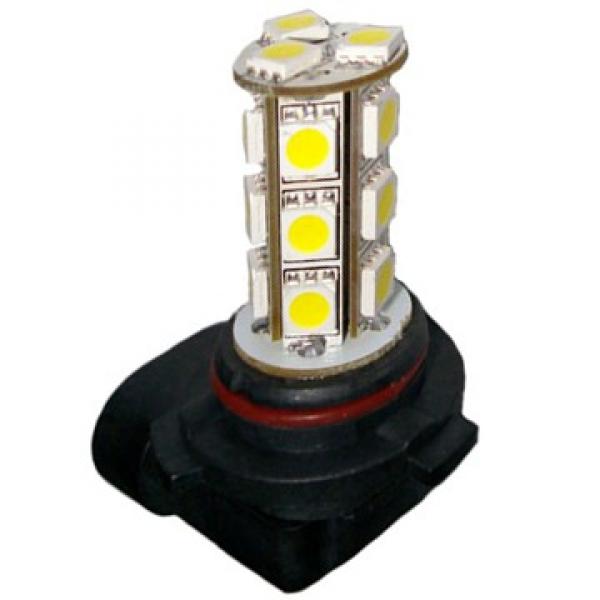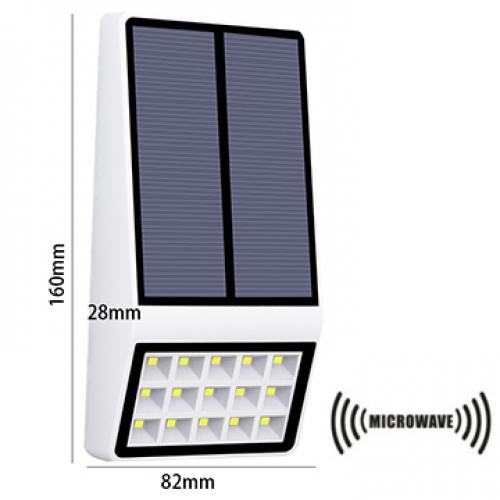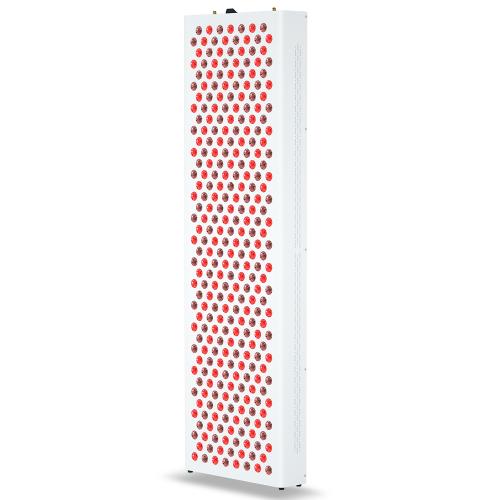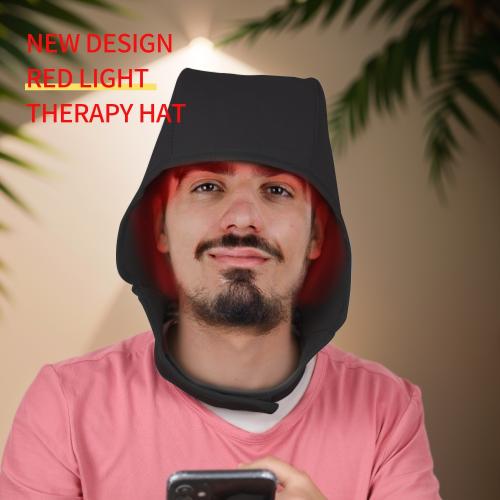What do dermatologists say about red light therapy?

Red light therapy (RLT) has been gaining popularity as a non-invasive treatment for various skin conditions and overall skin health. Dermatologists have been weighing in on its efficacy, safety, and potential benefits, providing valuable insights for anyone considering this treatment. As a professional knowledge blogger, I aim to explore the perspectives of dermatologists on red light therapy, addressing its applications, effectiveness, and considerations for use.
Red light therapy involves exposing the skin to low levels of red or near-infrared light. Unlike ultraviolet light, which can damage the skin, red light is considered safe and is thought to penetrate the skin to stimulate cellular processes. Dermatologists have identified several key areas where RLT can be beneficial:
-
Anti-Aging Benefits: One of the most talked-about uses of red light therapy is its potential to reduce signs of aging. Dermatologists explain that red light may stimulate collagen production, an essential protein that maintains skin elasticity and firmness. By boosting collagen, RLT could potentially reduce the appearance of fine lines and wrinkles. Some studies support these claims, showing improvements in skin texture and tone after consistent use of red light therapy.
-
Acne Treatment: Red light therapy may also be useful in managing acne. Dermatologists note that red light has anti-inflammatory properties, which can help reduce the redness and swelling associated with acne. Additionally, it may help regulate oil production and promote healing of existing blemishes. While not a standalone treatment, RLT can complement other acne treatments, offering a holistic approach to managing this common skin concern.
-
Wound Healing and Scar Reduction: The ability of red light to accelerate wound healing is another area of interest for dermatologists. By enhancing cellular repair processes, RLT may help wounds heal faster and reduce the formation of scars. This can be particularly beneficial for individuals recovering from surgery or those with chronic wounds.
-
Psoriasis and Other Skin Conditions: Some dermatologists recommend red light therapy for patients with psoriasis and other inflammatory skin conditions. The anti-inflammatory effects of red light can help alleviate symptoms such as itching and redness. While more research is needed, initial findings suggest that RLT could be a promising adjunctive therapy for these conditions.
-
Overall Skin Health: Beyond specific conditions, red light therapy is sometimes used to improve overall skin health. Dermatologists suggest that regular exposure to red light might enhance skin radiance, texture, and hydration, contributing to a healthier complexion.
Despite these potential benefits, dermatologists caution that red light therapy is not a miracle cure and may not work for everyone. Results can vary depending on the individual's skin type, the severity of their condition, and the consistency of treatment. It is also important to manage expectations and understand that RLT may take several weeks or months to show noticeable results.
When considering red light therapy, dermatologists emphasize the importance of using devices that are FDA-approved and have undergone rigorous testing for safety and efficacy. Home devices are available, but professional guidance is recommended to ensure proper use and to avoid potential side effects, such as mild skin irritation or eye strain from prolonged exposure.
Moreover, dermatologists advise against using red light therapy as a replacement for traditional medical treatments. Instead, it should be viewed as a complementary approach that can enhance other therapies. Patients should consult with a dermatologist or healthcare provider to determine if RLT is suitable for their specific needs and to develop a personalized treatment plan.
In conclusion, red light therapy offers a promising avenue for improving skin health and addressing various dermatological concerns. Dermatologists recognize its potential benefits, particularly in anti-aging, acne management, wound healing, and the treatment of inflammatory skin conditions. However, they also stress the importance of realistic expectations, proper device use, and professional consultation. As research continues to evolve, red light therapy may become an increasingly valuable tool in the field of dermatology, offering patients a safe and effective option for enhancing their skin's appearance and health.

 Afrikaans
Afrikaans Čeština
Čeština Dansk
Dansk Deutsch
Deutsch Español
Español Francais
Francais Italiano
Italiano Magyar
Magyar Nederlands
Nederlands Norsk
Norsk Polski
Polski Português
Português Română
Română Slovák
Slovák Suomi
Suomi Svenska
Svenska Tiếng Việt
Tiếng Việt Türk dili
Türk dili Ελλάδα
Ελλάδα Русский
Русский اللغة العربية
اللغة العربية แบบไทย
แบบไทย 中文繁體
中文繁體 日本語
日本語 한국인
한국인







